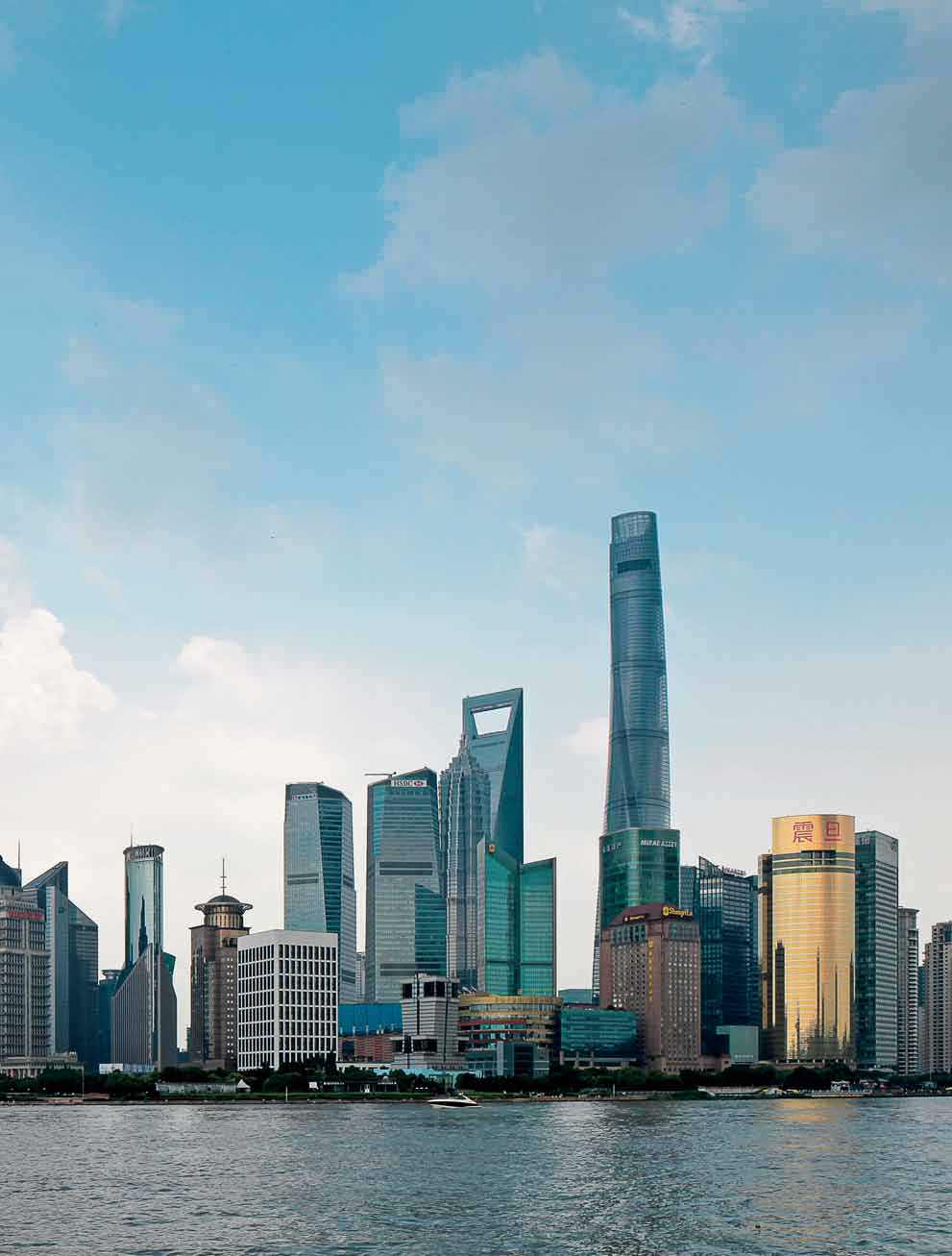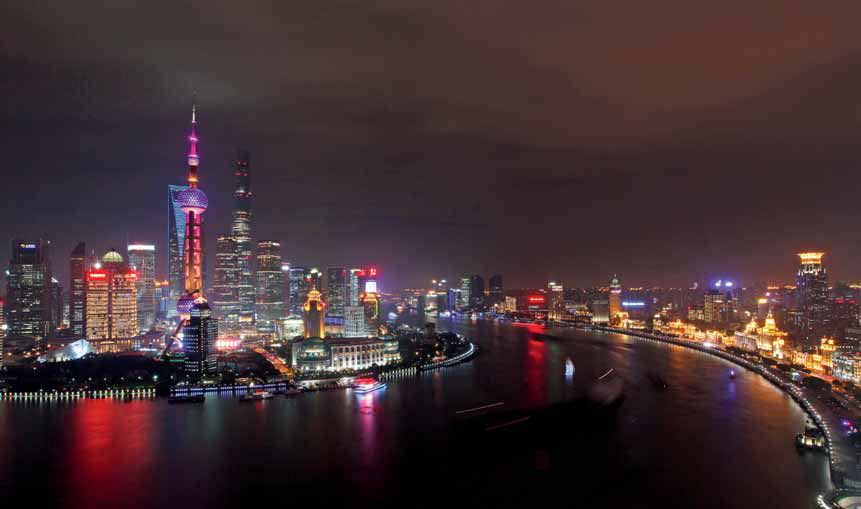Shanghai
Domus India
|November 2016
Shanghai is a legendary construction miracle among modern cities in China and the Far East. It was from Shanghai that China, as an ancient and traditional agricultural civilisation, began to move towards the ocean, towards the world.
-

One thousand years ago, the biggest part of Shanghai, the part that is now the most prosperous, was still immersed in the boundless ocean. As silt floated downstream from the upper reaches of Yangtze River and accumulated at the Yangtze estuary, the territory of Shanghai grew slowly toward the east.
Shanghai became a city in 1291, when five villages were amalgamated to form Shanghai County on the site of the modern city centre. In 1553, a city wall was built around the Old City to defend it from Japanese pirates. Inside these 4.5 square kilometres, Shanghai life was born. Apart from two small preserved sections, the walls were demolished in 1912, and a broad circular avenue was built in place of the wall and moat.

Today, the Old City contains some ancient but renovated features, such as the Yuyuan Garden complex, made in the traditional style of the Jiangnan area (the southern part of the Yangtze delta) and the Confucian Temple. Nowadays, they are the most popular tourist attractions among both domestic and foreign visitors. Facing the North Pacific Ocean, Shanghai is located on the East China Sea. Situated at 31°14’ northern latitude, Shanghai is right in the middle between North and South China. Politically, Shanghai has held a relatively marginal position in being controlled by the central government, and this made it the best landing point in China for Western countries for a very long time.

This story is from the November 2016 edition of Domus India.
Subscribe to Magzter GOLD to access thousands of curated premium stories, and 10,000+ magazines and newspapers.
Already a subscriber? Sign In
Translate
Change font size

